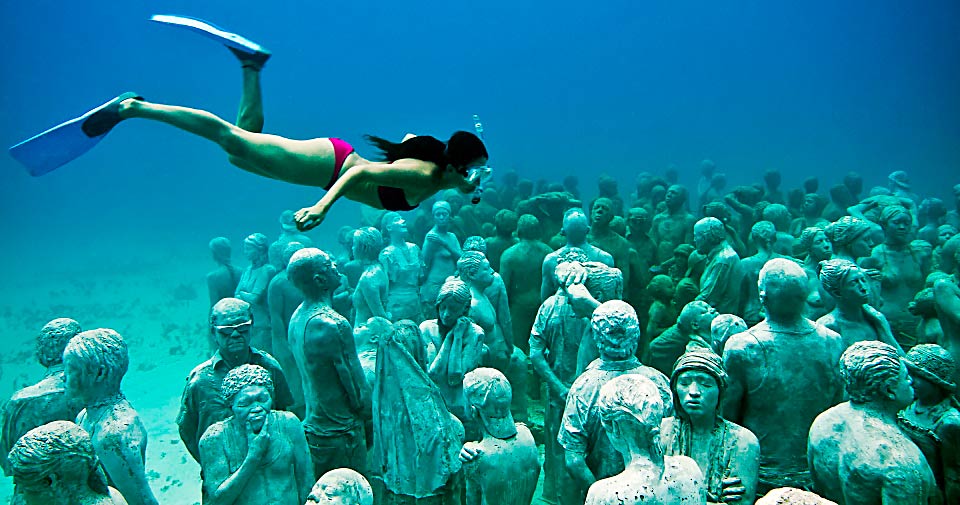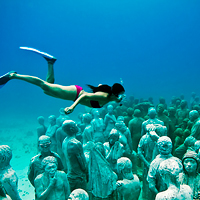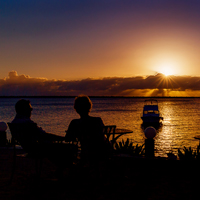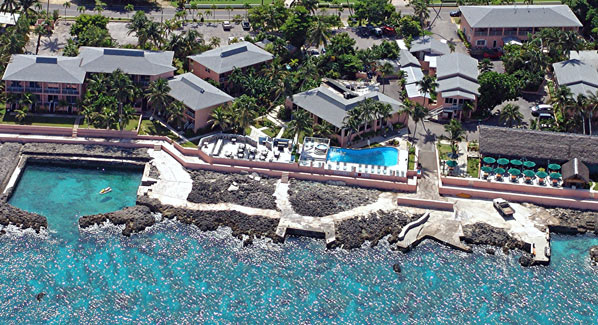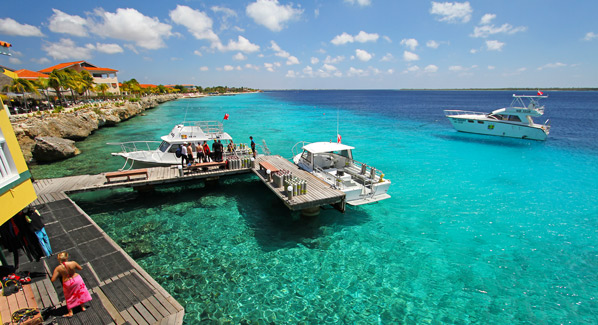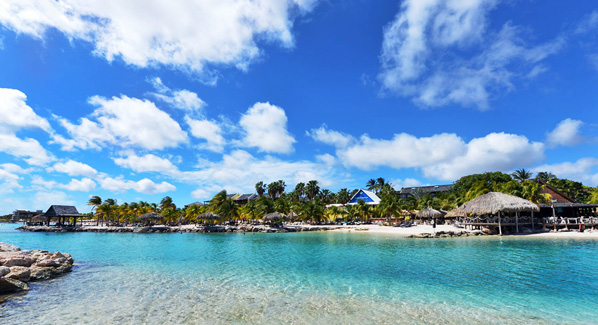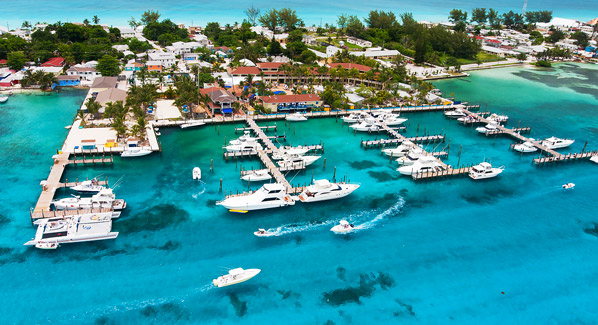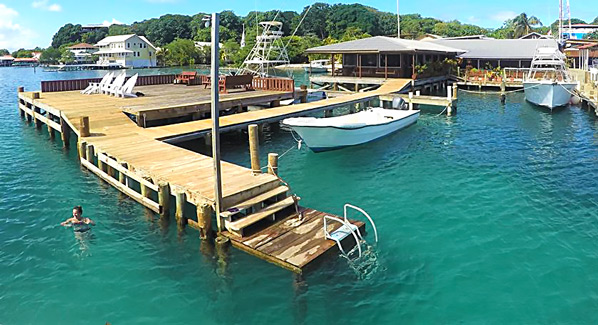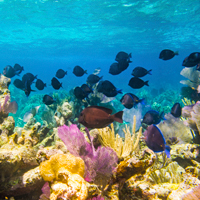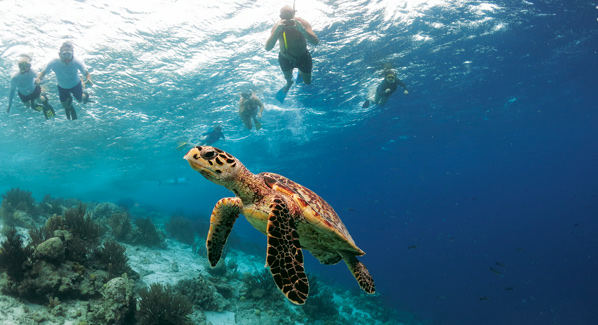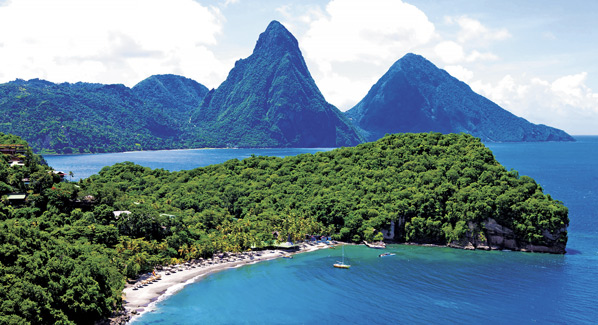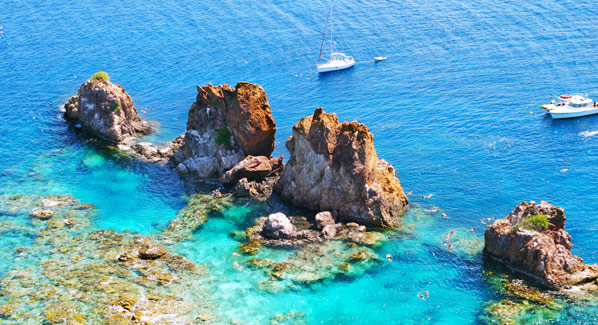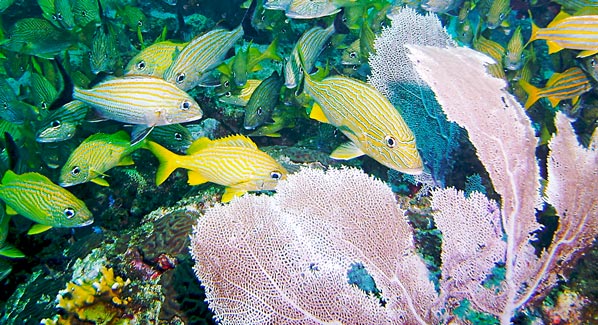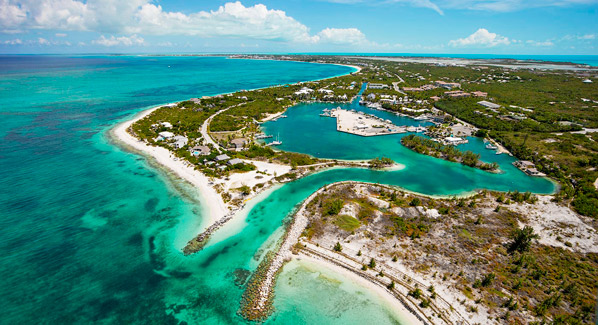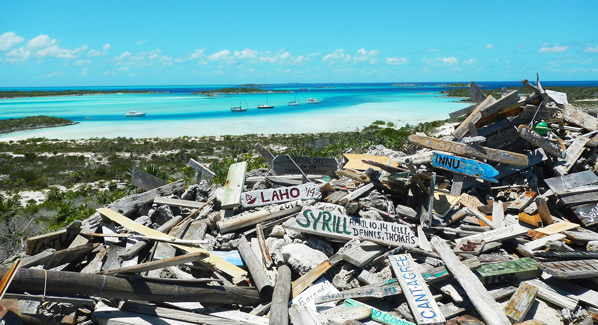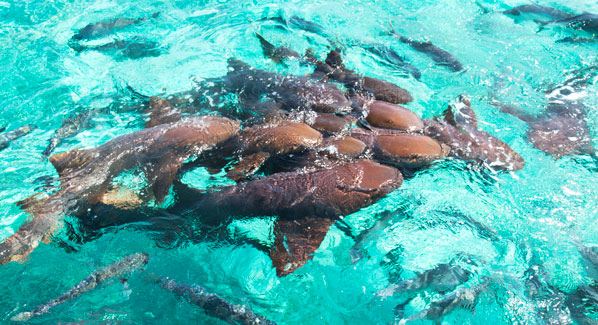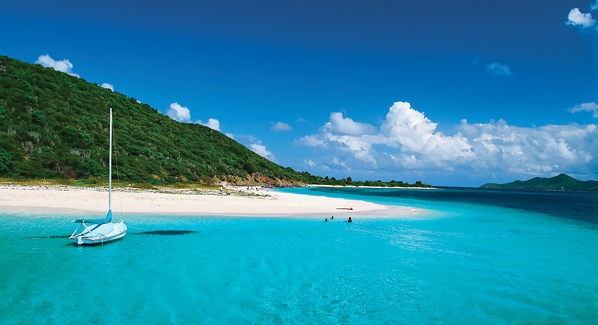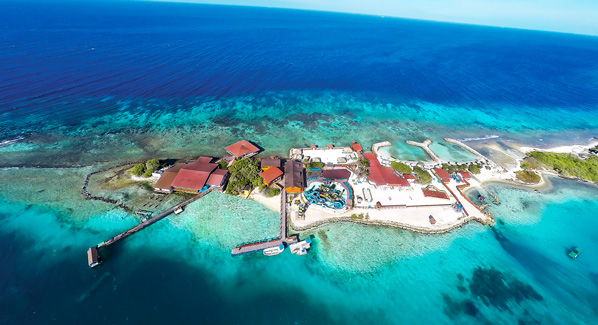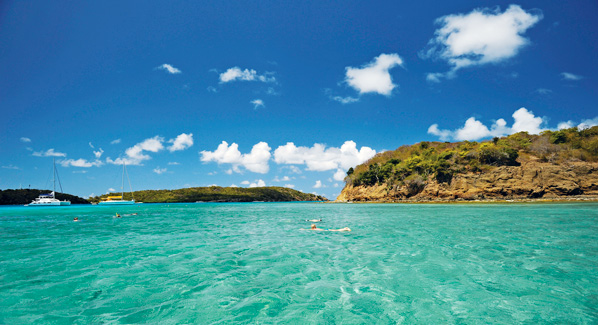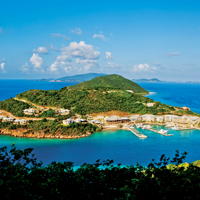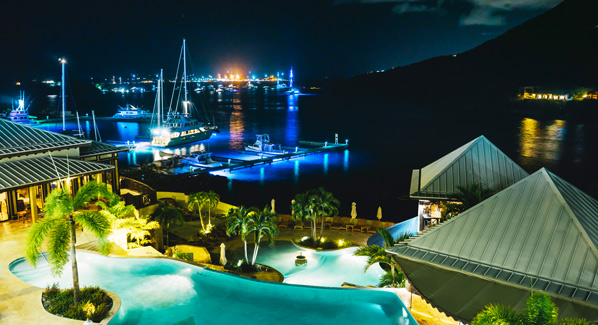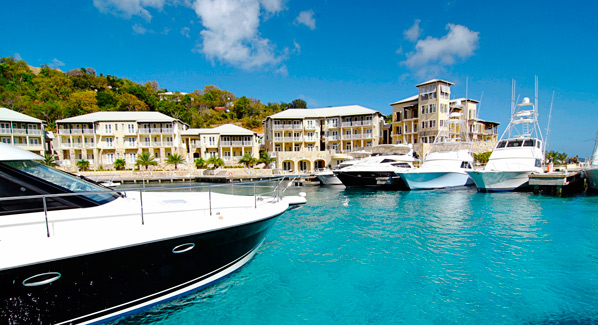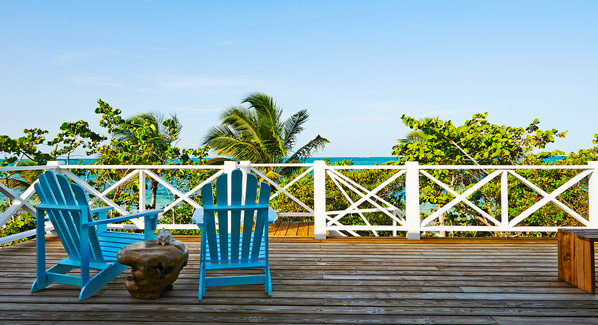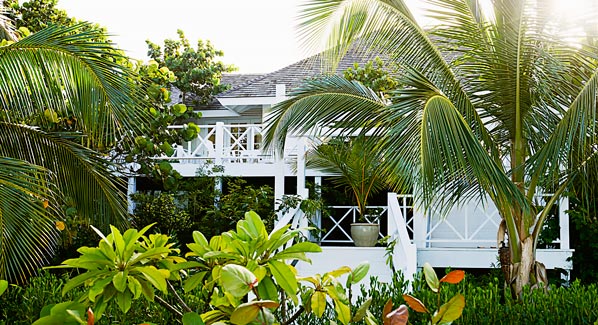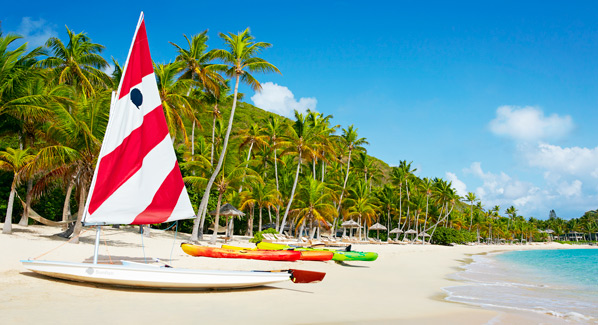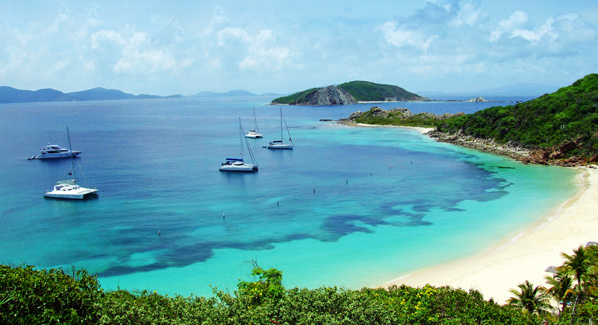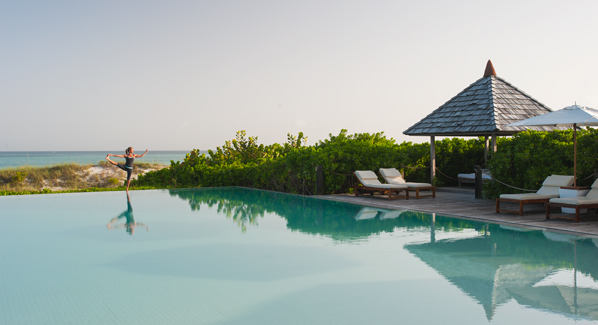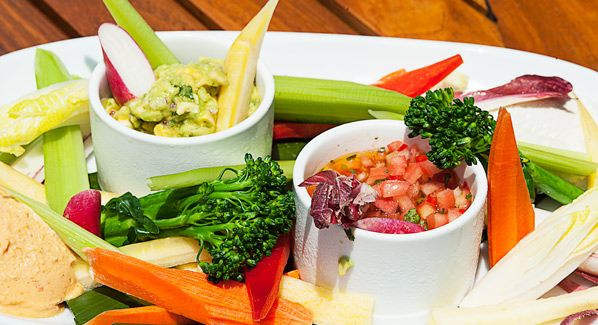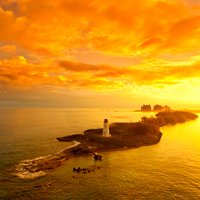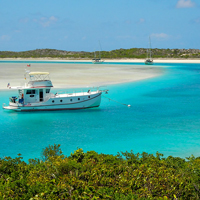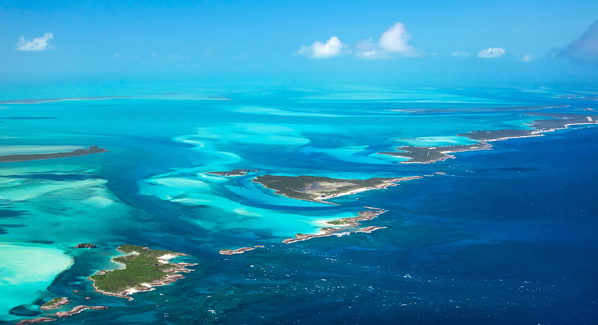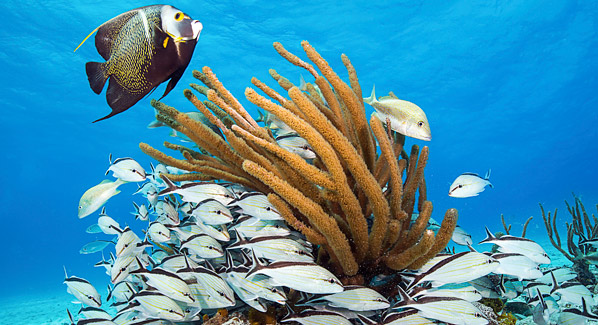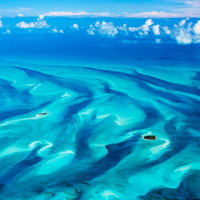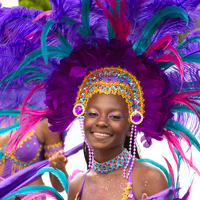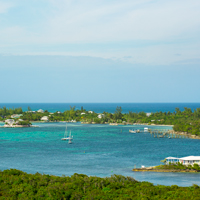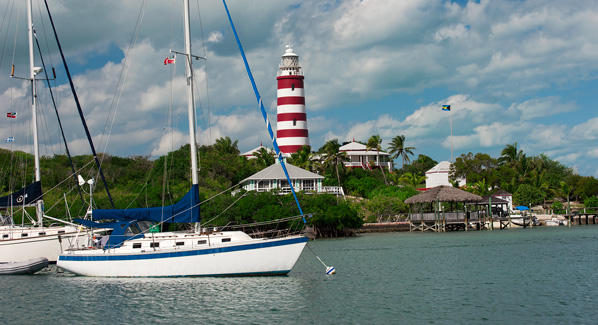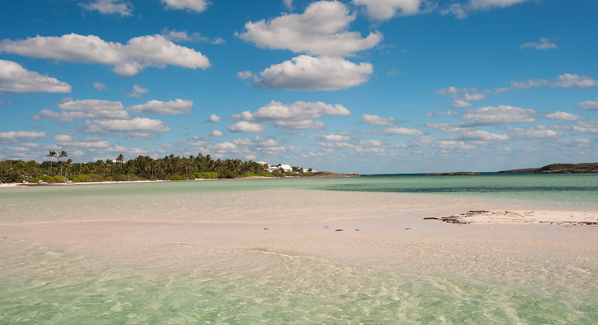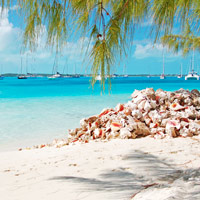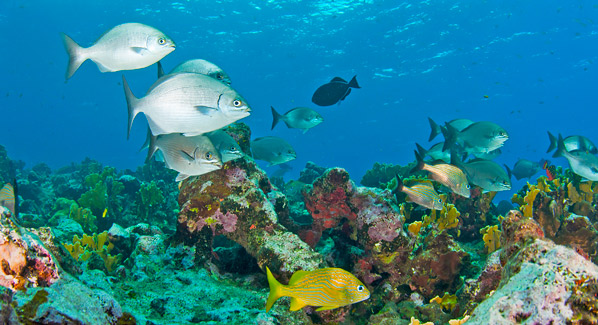Swimsuits and snorkels are not usually considered appropriate attire for viewing works of art. But that’s exactly what you’ll need to gain a full appreciation of these sculptures, because they all lie beneath clear Caribbean waters. What started with the placement of a single iconic statue has become a trend, with four islands now offering underwater exhibitions, and more expected to follow. Here are the places where you can combine artistic appreciation with aquatic recreation.
Grand Cayman’s Bronze Gods
In the summer of 2000, a mermaid appeared on one of Grand Cayman’s most popular snorkeling and shore diving sites. Swimmers will have no trouble finding this legendary lady, because she hasn’t moved since. The 9-foot-tall, 600-pound bronze statue is a representation of Amphitrite, the legendary queen of the seas and wife of Poseidon. The work was created by Canadian artist Simon Morris, and placed just offshore of the Sunset House Resort, where it can be viewed from the surface, or enjoyed by the many divers who pose for underwater selfies.
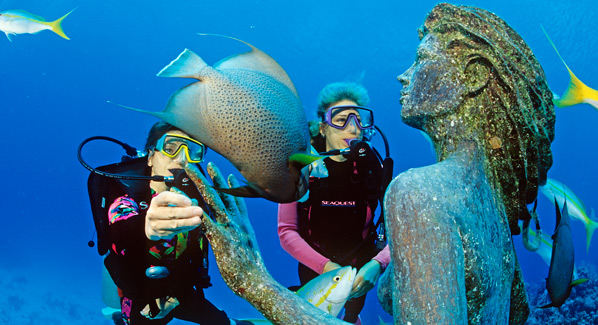
The bronze statue of Amphitrite sits on a shallow reef off the west coast of Grand Cayman Island. It is one of two submerged sculptures created by Canadian artist Simon Morris. Photo: Cathy Church/Cayman Islands Department of Tourism
Three years after Amphitrite arrived, a second iconic bronze figure appeared on a reef eight miles to the north. The Guardian of the Reef, also created by Morris, is a 13-foot-tall creation that is half seahorse, half mythological warrior. The work was commissioned by the owners of Divetech Resort, and placed on a popular dive site a short swim from their dive shop.
Art Goes Underwater In Grenada
Grenada’s Molinere Bay became the world’s underwater art gallery when British sculptor Jason deCaires Taylor – http://www.underwatersculpture.com/ – placed a collection of contemporary sculptures among the coral heads in 2006. The exhibition was instrumental in the creation of a marine protected area along the island’s southwestern coast. Each sculpture is strategically placed to enhance the natural beauty of the surrounding reefs, and fabricated from environmentally friendly materials that encourage corals and other marine life to overgrow and transform the statues over time.
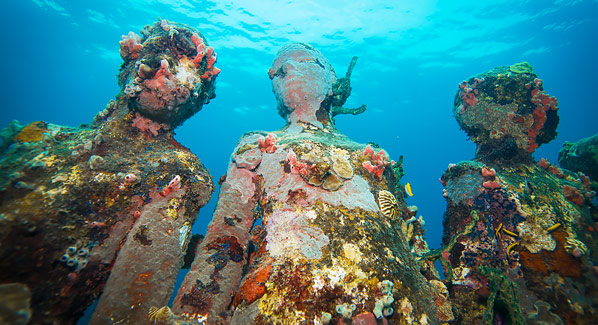
The Ring of Children is a signature element of Grenada’s Molinere Underwater Sculpture Park. This exhibition was created in 2006 by British sculptor Jason deCaires Taylor. Photo: Orlando Romain/ Grenada Tourism Authority
The original exhibition was expanded with additional works by Taylor and Grenadian sculptor Rene Froehlich, and now includes some 65 figures and still-life tableaus. The Molinere Bay Sculpture Park can be reached with a short swim from shore, or by a ten-minute boat ride from St. Georges and the resorts of Grand Anse. The works can be enjoyed from the surface, and are shallow enough to allow most swimmers to duck down for a closer look.
Mexico’s Underwater Museum
Three years after opening the world’s first underwater sculpture park in Grenada, sculptor Jason deCaires Taylor turned his talents to an even more ambitious project in the waters of Cancun, Mexico. The Museo Subacuatico de Arte is located in a national marine park just off the shores of Isla Mujeres, where it can be viewed by swimmers, divers and passengers in glass bottom boats.
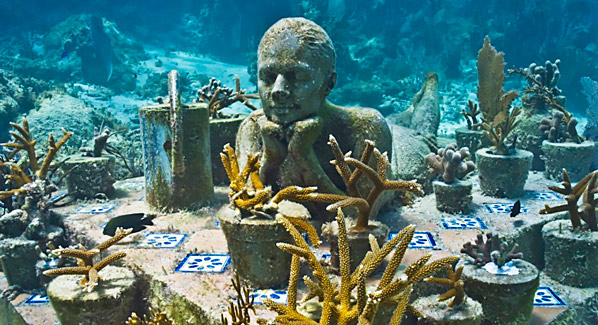
The sculpture known as The Gardener is adorned with corals rescued after tropical storms or damage by human activity. Sculptures and photography: Jason deCaires Taylor
The exhibition is described as an interaction between art and environmental science, as the exhibits 500-plus life-size sculptures are made from specialized materials used to promote coral life. The Museum is divided into two galleries called Salon Manchones and Salon Nizuc. The first is located in 25 feet of water and suited for viewing by both divers and snorkelers, while the second gallery is positioned at a depth of just 12 feet, with sculptures rising to within six feet of the surface. It is reserved for snorkelers. Snorkelers and swimmers can reach the exhibits from shore or boat tours from Isla Mujeres or Cancun.
Bigger in the Bahamas
The world’s largest underwater sculpture comes with a message, and a mission. Ocean Atlas is a 60-ton, 18-foot-high depiction of a young Bahamian girl who appears to be holding up the ocean, much like the mythological Titan Atlas shouldered the burden of the heavens. The work is intended both as a reminder of the environmental threats oceans face, and a message of how human interactions with nature can be positive and sustainable.
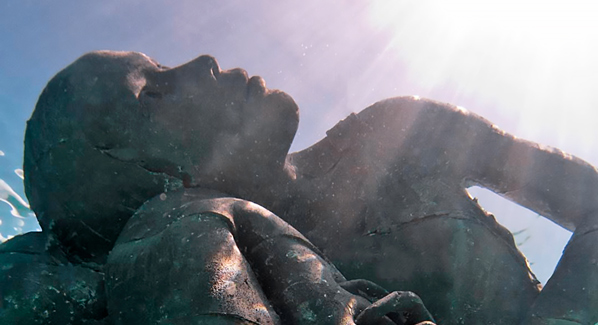
Ocean Atlas is the world’s largest underwater sculpture, and the centerpiece of the Sir Nicholas Nuttall Coral Reef Sculpture Garden, located in the waters of New Providence Island, Bahamas. Photo: BREEF
The sculpture is made from sustainable PH-neutral materials, and surrounded by a collection of structures known as reef balls that will attract fish life and promote coral growth, eventually transforming the site into a living reef. More sculptures are planned for the site, which is shallow enough to be enjoyed by snorkelers. The Sir Nicholas Nuttall Coral Reef Sculpture Garden can be reached by a short boat ride from the south coast of New Providence Island, and has already become a favorite with cruise ship passengers and guests staying at the resorts of Nassau and Paradise Island. Check out more photos here: https://news.artnet.com/exhibitions/worlds-largest-underwater-sculpture- unveiled-in-bahamas-144457/#/slideshow/144457-2/5

